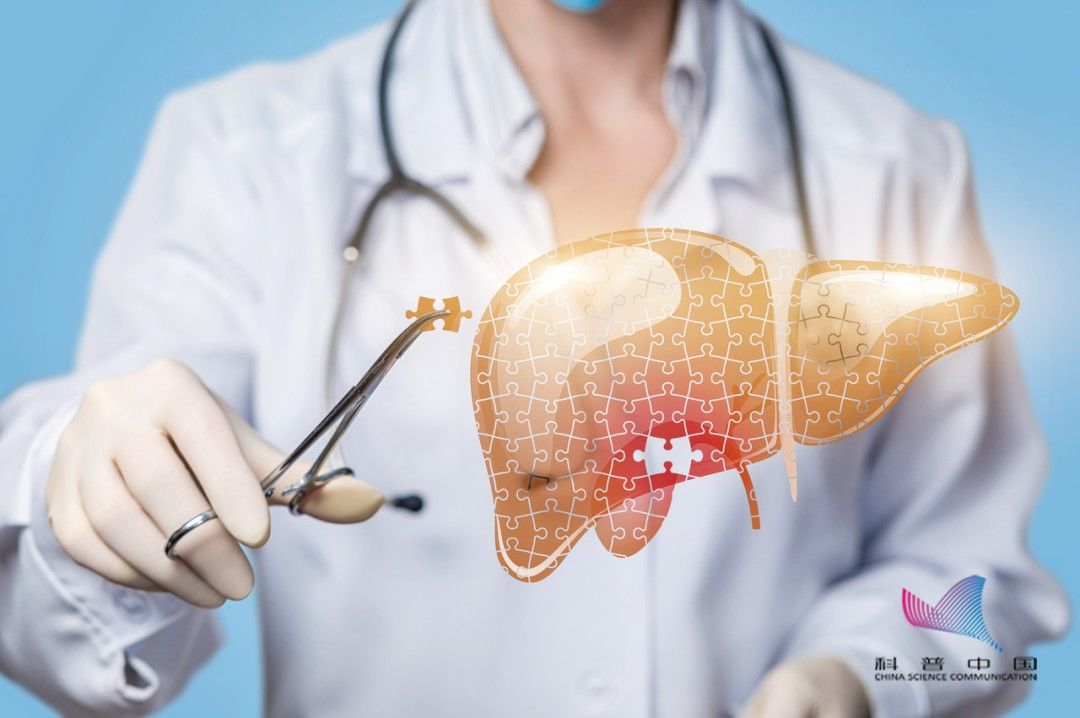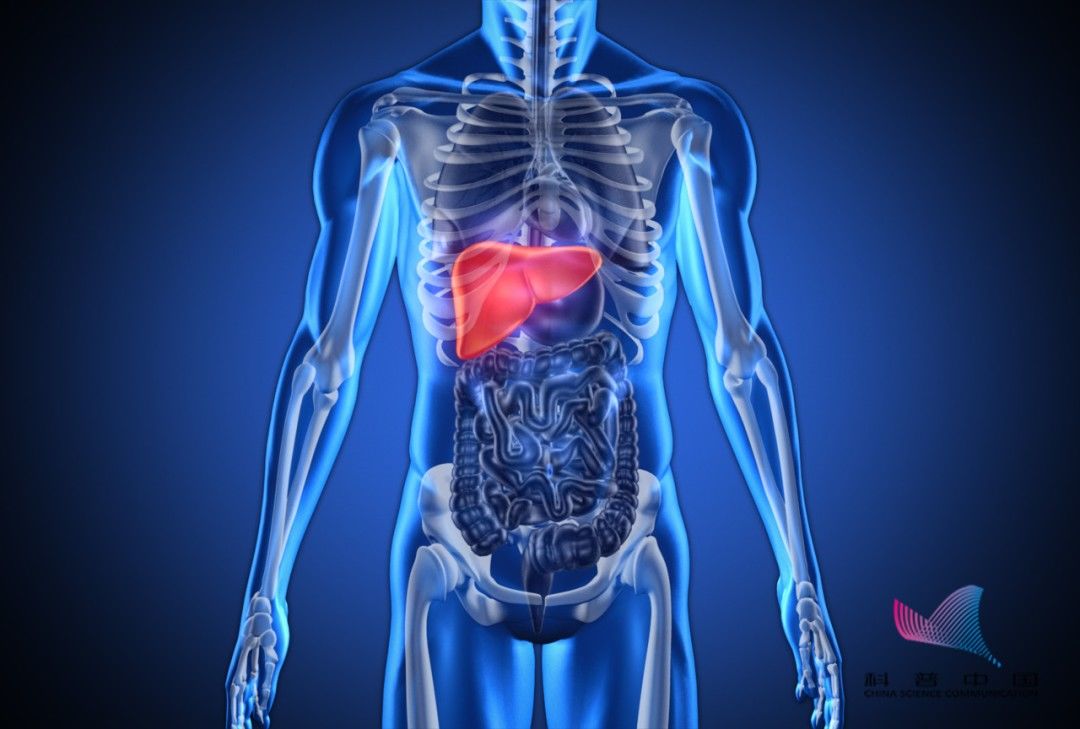Expert of this article: Li Zhao, Chief Physician and Associate Professor of Hepatobiliary Surgery, Peking University People’s Hospital
Dark and dry skin, constant fatigue, swollen body… Beware! It may be that the liver is “calling for help” to you!

Today (March 18) is National Liver Love Day. For the sake of your own health, you must pay attention to and love your body, develop good habits, and decide your own health.
Let’s learn how to take care of your liver through this article~
Most liver diseases are “made”?
The World Health Organization (WHO) believes that 15% of human health depends on genetic factors, 10% depends on social conditions, 8% depends on medical conditions, 7% depends on natural environment, and 60% depends on individual Lifestyle, that is, diet and living habits, It can be seen that lifestyle is closely related to our health, and liver disease is no exception.

Therefore, WHO has long put forward the concept of “you are responsible for your own health”.
The liver is the biological processing plant of our body, and has very important physiological functions, including metabolism, synthesis, detoxification, immunity, etc. The intestines and the liver are closely connected. The food we eat usually enters the intestines through the stomach, and the nutrients in the food are absorbed by the intestines and then flow back into the liver through the blood, where they are transformed and synthesized in the liver.
Unhealthy eating habits affect the liver first, so many liver diseases are caused by poor lifestyle.
Which behaviors are most likely to damage the liver?
Common causes of liver damage include hepatitis viruses, alcohol intake, drugs, and fatty liver disease, many of which are closely related to our lifestyles.
For example, if you don’t know the hepatitis virus, you don’t know the common sense that most of the liver cancer patients in our country are developed on the basis of hepatitis B. Infectious diseases, do not know hepatitis B virus is transmitted through blood or body fluids, then once the people around you have hepatitis B and you do not take effective protective measures, you may be infected, and then you may be infected with hepatitis B On the basis of the development of liver cirrhosis or liver cancer.

If you don’t know that alcohol is mainly metabolized by the liver, if you consume a large amount of alcohol for a long time during work and entertainment, it may cause alcoholic cirrhosis of the liver.
If you don’t know that the metabolism and detoxification of drugs also depends on the liver, blindly taking drugs or health products with unknown ingredients may cause drug-induced liver damage, and then lead to drug-induced hepatitis and even liver failure.
If you don’t pay attention to your fatty liver discovery during your physical examination, as the inflammation caused by fat in the liver gradually increases, the abdominal ultrasound indicates that the liver changes from mild fatty liver to severe fatty liver liver, it may develop into steatohepatitis or fatty liver cirrhosis.
Therefore, any of the above behaviors that touch on common causes of liver damage are the most damaging to the liver!
What are the distress signals of the liver?
The distress signal after liver problems is closely related to the inability of the liver to perform its own physiological functions.
Example:
An important physiological function of the liver is to synthesize bile. If the liver is damaged, this part of the ability is damaged, which may lead to yellowing of the skin and mucous membranes of the whole body. for “jaundice”;

If the liver’s ability to synthesize albumin is impaired, it will manifest as hypoalbuminemia, which may include lower extremity edema, abdominal distension (caused by ascites in the abdominal cavity), and oliguria strong>and other clinical manifestations;
If the liver’s ability to detoxify is impaired, hepatic encephalopathy may occur, manifesting as abnormal speech and behavior or even hepatic coma;
If the liver the ability to synthesize blood clotting substances is impaired, it will appear as congestion, ecchymosis on the body;
If the ability of the liver to inactivate hormones is impaired, it can manifest as hepatic palms (shown as pink spots and spots on the palms of the hands, the hypothenar, and the palms of the fingertips) nevus) or spider naevi (shown as telangiectasias on the face, neck, and chest).
How to nourish and protect the liver?
Understanding the physiological functions of the liver, understanding the common causes of liver damage, identifying some distress signals that appear early after liver damage, and doing regular physical examinations of the liver can effectively prevent the occurrence of liver diseases.
It is recommended to start from the following three aspects:
1. Recognize the high-risk factors of liver disease and take active preventive measures
In many cases, hepatitis B patients do not know whether they have the disease or know they have the disease but do not know that hepatitis B is mainly transmitted through blood, which is a high risk factor for liver cirrhosis and liver cancer.
Especially for men and women of childbearing age who suffer from hepatitis B, if they know this knowledge, they can make effective prevention in advance, so as to avoid making their children also suffer from hepatitis B in the future.
2. Cultivate healthy living habits

The liver has a very powerful compensatory function. In many cases, liver damage can be recovered by “resting”. Therefore, make sure to eat a healthy diet, exercise regularly, get a good night’s sleep, stay up late, and avoid taking drugs and drinking too much alcohol.
3. Regular liver-related health screenings
After understanding the common causes of liver disease, people at high risk of liver disease should strengthen physical examination and screening.
For example, for friends who know that they have hepatitis B or C, abdominal B-ultrasound and related tumor markers for liver cancer should be done every six months to screen for liver cancer; Regular friends should also regularly check liver function and liver B-ultrasound to achieve early detection, early diagnosis and early treatment.
(Science China)